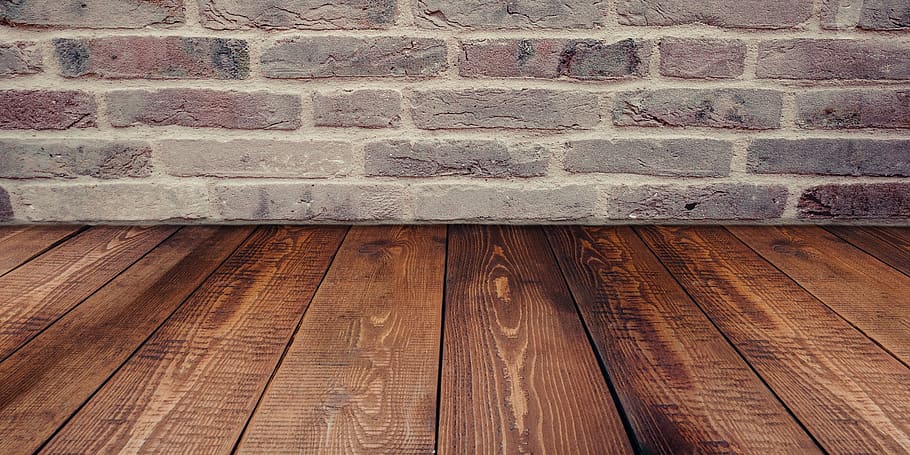The floor is a pretty significant portion of any building-residential or commercial. Naturally, therefore, choosing a flooring type is a very important task. But there are so many options when it comes to flooring that it is easy to become confused or overwhelmed. Flooring options on the market today include different types such as laminate flooring, ceramic tiles, and vinyl flooring, among others, and varying designs and sizes. As you browse the flooring choices at your disposal, consider the guidelines below.
Space and Budget
The amount of material required for the flooring project will depend on the size of the space. Depending on the size of the area being covered, more material may be needed. If the budget can cover it, then type of flooring may not be an issue. If the project is being done under a limited budget, may be less expensive flooring options may need to be considered. The condition of the surface to be covered is also important. Carpet’s, for instance, work best on floors that are smooth and even. Additionally, the condition of the room will have a significant impact. A small and poorly lit room, for example may do better with one type (or colour) of flooring over another. Decorators of small rooms often suggest large flooring units and light colours to create the illusion of more space.
Ease of Installation
The level of the complication involved in installing your floor will determine the length of time it takes, and of course, the cost. Laminate flooring is one of the easiest floor types to install. This type of flooring comprises planks that fit into each other almost like a puzzle. This makes laminate flooring the simplest and fastest type of flooring to install. In fact, many homeowners install their laminate flooring as DIY projects.
Tile flooring is very labour intensive, which of course, drives up its installation costs. Unless you are trained and skilled in tiling, you’ll need the input of a professional to install floor tiles. You will also need to purchase installation supplies such as tile spacers, thin set, and grout.
If you have the luxury of time and a big budget, installation won’t really be an issue, but if these things are limited, you may need to opt for flooring options that come with easier installation. Expert installation for all types of flooring typically includes; an assessment of the space, which includes measurement, an estimate of the most suitable flooring product for space as well as the amount of material to be purchased.
Durability and Ease of Maintenance
The longevity of the floor is another feature that should influence your decision. Bear in mind that typically, flooring that scores high for durability will be more expensive than less durable options.
When trying to find the most durable flooring type, consider heat and water resistance. Flooring that can withstand frequent spills and the occasional leaking pipes or flooding issue as these events, though undesirable, often happen nonetheless.
In choosing a flooring type, you should also consider how resilient the material is to trauma. This is especially important if the area to be covered will be subject to heavy-duty use. Areas that are low traffic or less likely to have things banging on the floor can be covered with the less durable flooring material. If the space is subject to heavy traffic and activity, more resilient flooring like natural stone, ceramic, and terrazzo.
You also need to consider maintenance. If you have the time, energy, and expertise to handle flooring that demands detailed work for upkeep, you can opt for flooring made of hardwood. For flooring that is less demanding when it comes to upkeep, you can consider vinyl tiles, quarry tiles, laminate, and epoxy flooring.
Design
Your taste and your design vision will also play a significant role in deciding the type of flooring you go for. As you view and consider the options available, think about how well they fit your tastes and your plans for space. Think about the patterns and colours that you like and what fits with the décor of the space. Some people like stripes, for instance, while others love the checkered look, and still others prefer single-toned hues.
Samples
Most flooring companies provide their customers with samples. Take advantage of these wherever they are available. You can take the samples into your building and lay them out on the floor to see which best fits with your existing décor.
The flooring type you choose will have a significant impact on your property by altering its appearance and ensuring that those who occupy the space and their visitors are comfortable. This is a big decision as it is just not feasible to replace your floor every few weeks or months.





